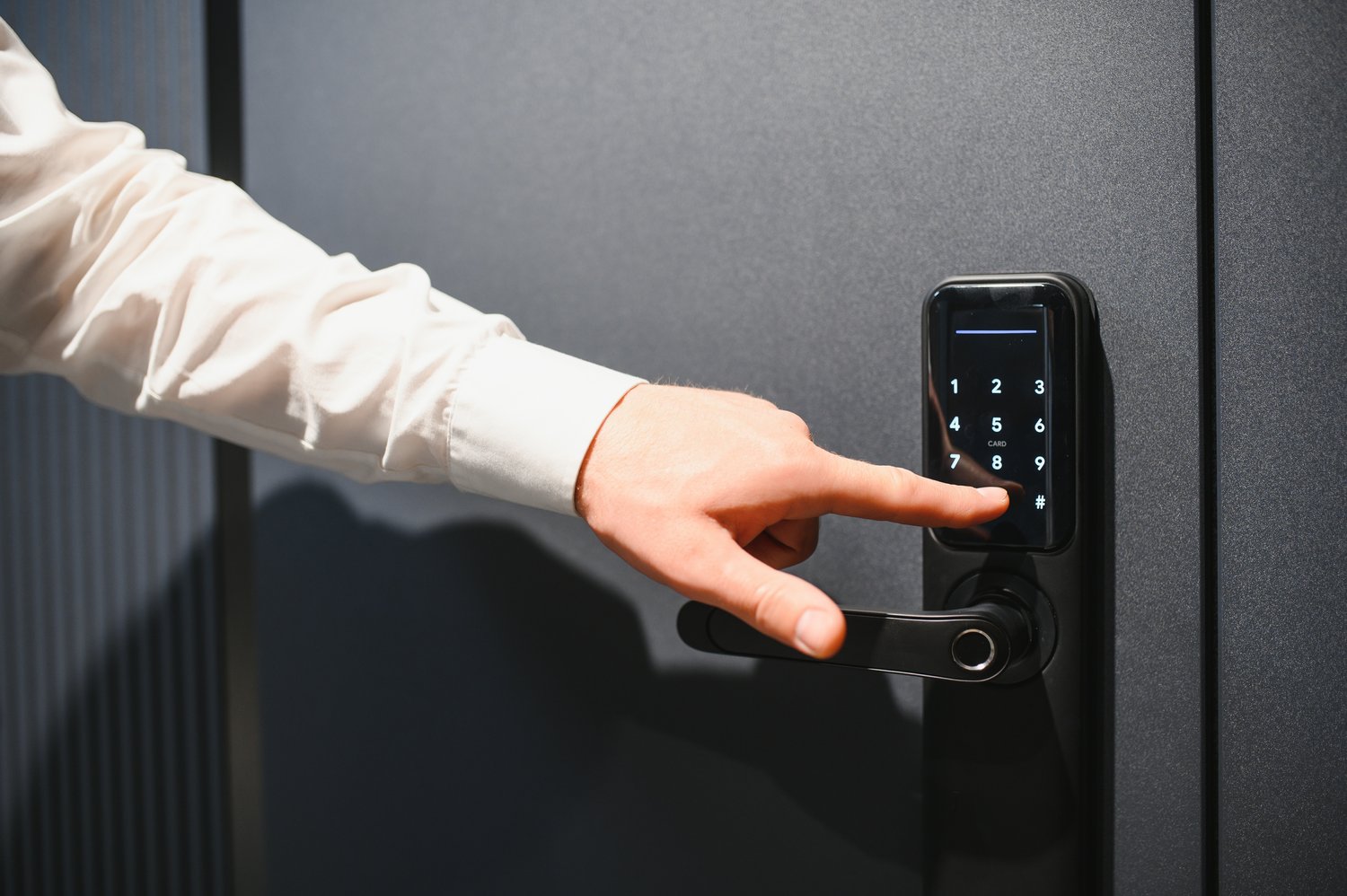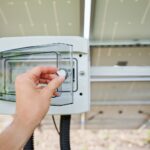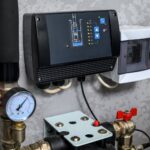Encountering an unresponsive smart door lock keypad can be frustrating, especially when the convenience of keyless entry becomes a barrier. Whether it’s a minor glitch or a complex issue, understanding the root cause can make all the difference in securing your home efficiently. In this guide, we dive into what might be causing these access hurdles and how you can address them confidently.
- Explore common causes of smart door lock communication issues, with a focus on authentication challenges and access delays.
- Discover essential troubleshooting steps, from checking the power source to verifying connectivity, ensuring a quick resolution.
- Learn about advanced troubleshooting techniques and when it might be best to call in a professional for unresponsive smart door lock keypads.
This article will arm you with effective solutions to ensure your smart lock system operates smoothly, empowering you to maintain secure access without the hassle of unresponsive keypads.
Understanding Smart Door Lock Keypad Issues: Authentication and Access Challenges
Smart door locks have become increasingly popular as they offer enhanced security and convenient access control for homeowners. However, issues such as a smart door lock keypad not responding can cause significant inconvenience and potentially compromise security. Understanding these challenges is crucial for maintaining the optimal function of your smart lock system.
One of the primary reasons for an unresponsive smart lock keypad is authentication delays. This can occur when the system takes longer to process a user’s input or fails to recognize the input altogether. Various factors contribute to these delays, including outdated firmware, interference from other devices, or an overloaded network.
Another common access challenge is the incorrect entry of authentication credentials. Users often rely on PIN codes or biometric data for access, and even minor mistakes can prevent entry. Regularly updating passwords and ensuring device compatibility are essential to avoid these pitfalls.
Connectivity issues can also lead to unresponsive keypads. Smart locks generally depend on stable Wi-Fi or Bluetooth connections. Any disruption in these connections can hinder communication between the lock and the user’s device, causing the keypad to become unresponsive.
By understanding these smart lock access challenges, homeowners can better prepare for potential issues and implement effective solutions to ensure seamless operation.
Basic Troubleshooting Steps for Unresponsive Keypads
Encountering a smart door lock keypad that won’t respond can be frustrating, but some basic troubleshooting steps can often resolve the issue. Start by checking the power supply. Ensure that the smart lock batteries are not depleted and replace them if necessary.
Next, examine the connectivity settings. Verify that the smart lock is properly connected to your home’s Wi-Fi or Bluetooth network. Rebooting your router or the device can help re-establish lost connections.
It is also important to review the user authentication settings. Ensure that the PIN codes or biometric data are correctly entered. Check if there are any recent changes or updates to your access credentials that might affect the lock’s response.
Disconnect additional devices that might interfere with the smart lock’s operation. Devices utilizing the same frequency can cause interference, affecting the lock’s performance.
By following these initial troubleshooting steps, you can often quickly resolve issues with unresponsive smart door lock keypads, maintaining the safety and convenience of your home security system.
Advanced Solutions to Smart Door Lock Keypad Not Responding: When to Seek Professional Help
Tackling persistent issues with your smart door lock keypad can be both frustrating and challenging. If basic troubleshooting steps don’t resolve the problem, it’s time to delve into more advanced solutions. Knowing when to seek professional help can save you time and ensure the security of your home.
Firstly, consider performing a firmware update. Manufacturers frequently release updates to improve performance and fix bugs. Check the manufacturer’s website or your device’s app for any available updates. Applying the most recent update might resolve the issue and enhance the overall functionality of your smart door lock.
If updating the firmware doesn’t solve the problems, you may need to reset your device to its factory settings. Be aware this will erase all current settings, so ensure you have backups of any important codes or configurations. Resetting can eliminate potential glitches or corrupted settings causing the keypad issues.
Wireless connectivity is another factor to consider. Ensure that your smart lock is within range of your home Wi-Fi network. Interference from other wireless devices or thick walls can disrupt communication between the lock and your network. Try repositioning your Wi-Fi router or using a Wi-Fi extender to enhance the signal strength.
Additionally, inspect the physical components of the smart lock. Look for any signs of wear or damage on the keypad, wiring, or battery contacts. A thorough examination might reveal mechanical issues that could be affecting keypad responsiveness.
Understanding when professional intervention is necessary is critical. If you are unable to resolve the keypad issue through these advanced methods, a certified electrician or a smart lock specialist should be consulted. They possess the tools and expertise to diagnose complicated problems, like internal circuitry faults, that might not be apparent during surface-level examinations.
Remember, the security of your home is paramount. It’s crucial to ensure your smart lock system functions reliably. Consulting a professional not only resolves persistent issues but also provides peace of mind by ensuring the safety of your access system.
Smart Door Lock Keypad Issues: Common Questions
Why is my smart door lock keypad not responding?
Possible reasons include low battery, connectivity issues, or software glitches. Check these first.
How can I reset the smart door lock keypad?
Refer to the user manual for specific reset instructions, usually involving a reset button or sequence.
What should I do if the keypad is not authenticating my code?
Ensure the entered code is correct. Check if the authentication settings are configured properly.
When should I consider professional assistance?
If basic and advanced troubleshooting fails, or if there are wiring or hardware issues, consult a professional.
How do I improve the reliability of my smart lock?
- Regularly update the firmware.
- Maintain a stable power supply.
- Ensure strong Wi-Fi connectivity.





